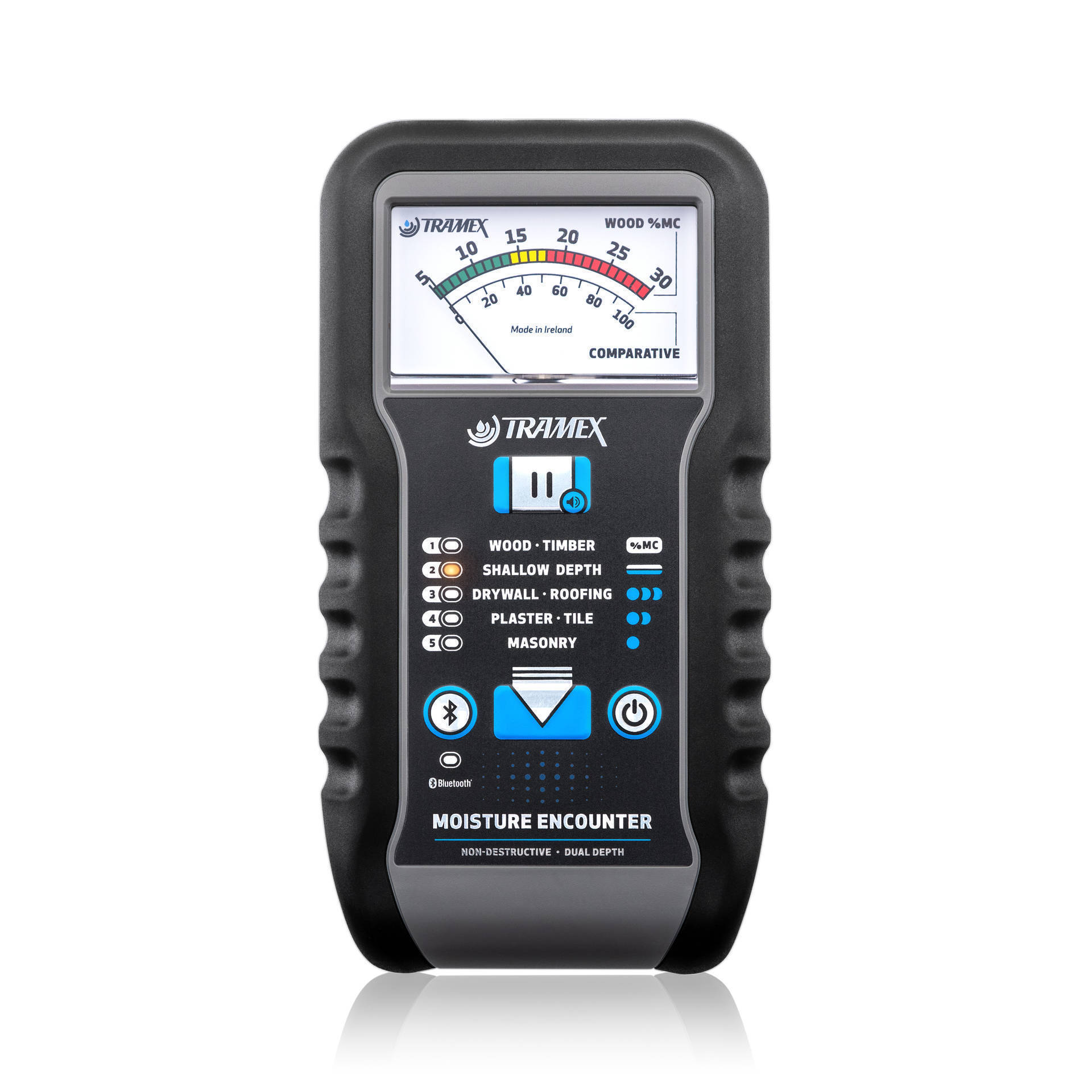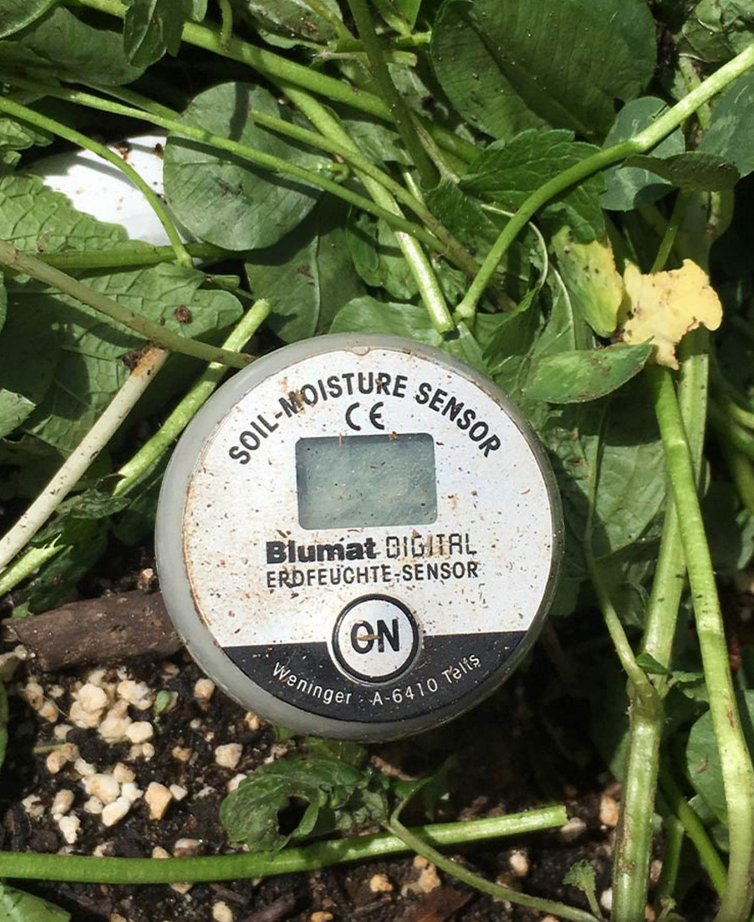The Ultimate Overview to Moisture Meters: A Comprehensive Introduction and Exactly How They Can Save You Cash
In the world of structure maintenance, construction, and various sectors, the relevance of precisely determining moisture degrees can not be overemphasized. Moisture meters work as crucial devices in discovering and keeping track of moisture content in products, helping in avoiding pricey problems and guaranteeing the top quality of items. Understanding the subtleties of different kinds of moisture meters, their applications, and the potential cost-saving advantages they use can be a game-changer for companies and specialists alike. Discovering just how these devices can not just improve procedures however also add to financial cost savings is a journey worth beginning on.
Types of Moisture Meters
Numerous sorts of wetness meters are available for different applications in numerous markets. One usual type is the pin-type wetness meter, which gauges the electrical resistance in between two pins placed right into a material. This type appropriates for wood, drywall, and various other structure materials. Pinless wetness meters, on the various other hand, use electro-magnetic sensing unit plates to scan a larger location without creating damage to the material's surface area. These meters are perfect for swiftly assessing wetness degrees in huge areas such as wall surfaces and floorings.
In addition, there are also specialty wetness meters created for details materials like hay, grain, or soil. These meters supply exact dampness analyses customized to the unique buildings of the product being tested. Infrared moisture meters measure the thermal homes of a material to determine its dampness web content non-invasively, making them useful for applications where pin or pinless meters may not appropriate. Understanding the different kinds of dampness meters readily available can aid sectors select one of the most ideal device for their particular moisture measurement needs.

Benefits of Making Use Of Moisture Meters

In addition, using wetness meters can lead to boosted power performance. In agricultural settings, moisture meters play an essential role in optimizing plant returns by making it possible for farmers to check dirt dampness degrees and make notified irrigation decisions.
How to Pick the Right Moisture Meter
Picking the proper wetness meter involves considering vital variables such as material compatibility, measurement variety, and calibration accuracy. When choosing a dampness meter, it's necessary to guarantee that the meter is suitable for the details material you will be screening. Different products have varying electric properties that can influence moisture analyses, so selecting a meter made for your material is crucial for exact results. In addition, think about the dimension series of the moisture meter. Make sure that the meter can spot dampness levels within the variety required for your applications. Calibration accuracy is an additional vital variable to remember (Moisture Meter). Choose a moisture meter with reliable calibration to guarantee regular and precise readings. Some meters might require regular calibration changes, so understanding the calibration process is necessary. By carefully examining these variables, you can choose a wetness meter that fulfills your demands and offers precise dampness dimensions for your projects.
Proper Methods for Moisture Meter Use
To make certain accurate moisture readings and make the most of the efficiency of a wetness meter, using proper methods is crucial. When using a pin-type moisture meter, place the More Bonuses pins or probes into the material being checked up until they make complete call. Make certain the pins are vertical to the surface area to obtain one of the most specific analysis. For pinless dampness meters, hold the tool level versus the product and relocate try this website it slowly to cover the entire area for a typical reading. It's important to calibrate the moisture meter according to the material being tested to enhance precision. Take numerous analyses throughout the surface area and typical them out for a more reputable result. Additionally, ensure that the material being examined is acclimated to the environment to prevent skewed analyses. Normal maintenance of the moisture meter, such as cleaning the pins or sensing unit, is likewise essential to guarantee constant and accurate readings. By following these correct methods, individuals can count on their dampness meter to offer credible moisture degrees, aiding in preventing pricey damage or ensuring top quality in various applications.

Cost Financial Savings Via Moisture Meter Applications
Just how can the tactical application of wetness meters result in substantial expense financial savings across numerous industries? Wetness meters play a crucial function in price savings by protecting against potential damages and ensuring high quality control in various sectors. In the agriculture market, dampness meters aid in establishing the optimal time for gathering crops, avoiding excess or over-drying moisture that can affect the last item's top quality. This precise tracking assists farmers prevent unneeded losses and optimize their return.

Furthermore, in the food processing sector, moisture meters are essential for keeping track of product quality and guaranteeing compliance with safety regulations. By accurately measuring dampness web content in food items, makers can stop wasting, preserve freshness, and reduce waste, causing substantial expense savings. Overall, the strategic application of dampness meters is a useful financial investment that can bring about considerable cost reductions and boosted effectiveness across numerous sectors.
Final Thought
In conclusion, wetness meters are beneficial tools for determining and identifying moisture levels in different products. By utilizing the ideal dampness meter and following Your Domain Name appropriate strategies, users can efficiently protect against costly damages triggered by excess dampness.
Moisture meters serve as important tools in detecting and monitoring moisture content in materials, helping in stopping pricey problems and making certain the quality of products. Infrared moisture meters measure the thermal properties of a material to determine its moisture content non-invasively, making them valuable for applications where pin or pinless meters might not be suitable.Dampness meters supply indispensable advantages in properly keeping track of and evaluating moisture levels in diverse products and environments. In farming setups, dampness meters play a crucial function in optimizing plant returns by making it possible for farmers to keep an eye on dirt moisture levels and make informed watering choices.In final thought, wetness meters are important tools for detecting and gauging wetness levels in numerous products.